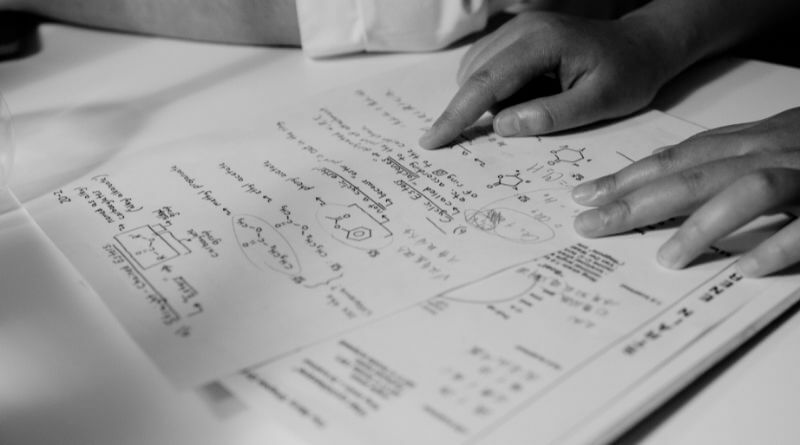“Solutions” is an important chapter for any entrance examination. This holds good for engineering entrance examination such as JEE Mains and Advanced, or the medical entrance examination such as NEET. Not only is this important from the entrance examination perspective, but also extremely important from the perspective of the board examinations.
Solutions is a part of Unit 2 of Chemistry for Class 12th Board examinations. The important learning outcomes of this chapter includes the following,
- At the end of the unit, the learner will possess to ability to describe how different kinds of solutions are formed and express the concentration of various solutions in all the standard units.
- The student, after having studied unit 2 Solutions of Chemistry, will be able to state and also explain important chemical laws such as Henry’s Law and Raoult’s Law
- The learner will develop the ability to differentiate between ideal and non ideal solutions and explain, using Raoults laws, how solutions deviate from ideal standards.
- The student will be able to describe the colligative properties of a solution, and also develop the understanding of correlating these with the molar masses of solutes.
- Importantly, at the end of the chapter, the learner will possess the ability to describe and explain the abnormal colligative properties displayed by some solutes in solutions.
Let us have a look at the important topics that are covered in this unit, along with a brief description of those topics. First of all, as students of science, we should be aware of our surroundings. If we observe closely, we are surrounded by solutions of various kinds. Therefore, it is imperative that a student of science must develop the necessary appreciation for a topic like Solutions. More importantly, this unit discusses liquid solutions in details. How important are solutions and their concentrations? In fact, very important! Before on dives into the study of solutions, one must learn to categorize the types of solutions that exist. Therefore, it must be known that solutions are largely divided into heterogeneous solutions and homogenous solutions. For the class 12th level, all solutions are considered binary and homogenous. Three important terms associated with solutions are Solute, Solvent and Concentration.
A solute is that component of the solution that is dissolved. A solvent is the component of a solution into which this solute dissolves. Thus, a solution consists of two important components, namely solute and solvent. For example, 10 gm of Salt is dissolved in one litre of water. Here, salt is the solute and water is the solvent. The other important term that is essential for understanding of solutions is Concentration. Concentration of a solution gives an idea about how much solute is dissolved in a particular solvent. There are various methods of expressing concentration such a volume/weight (v/w), weight/weight (w/w), Molar concentration, weight by volume (w/v), parts per million, mole fraction etc. Each of these methods of representation of concentration finds it usage, and is interchangeable. It is here that students are introduced to two other concentrations called Molarity and Molality, and there is a subtle difference between the two. The other important topics covers here are the solubility of solids in liquids and the effect of pressure and temperature on the solubility of solids in liquids. Similarly, another important topic is the solubility of gases in liquids, and this is where Henry’s law is introduced, that explains the solubility of gases under pressurized conditions. Henry’s law is also responsible for explaining the fizz in cold drink sodas, the scuba diving and air concentrations etc.
Another important topic to cover is vapour pressure for liquid solutions, and later Raoult’s law as a special case of Henry’s law is also an important topic to be covered by the students.
In fact, the best way to cover all of these topics is to study them from the NCERT class 12th chemistry book. The beauty of these books is that renowned subject experts who possess a tremendous body of knowledge with them write them. These books are lucidly written and anyone can understand the language used in these books. What is the most important factor, is that since these books are written bearing the updated CBSE syllabus in mind, thus, the NCERT books offer the perfect study material for students to ensure that every topic necessary for CBSE board examination is completely covered by them.
As a thumb rule, the student must also develop a habit of writing their own notes by referring to standard books such as NCERT books. The advantage of making notes for important topics is that is helps in quick revision, and also develops the habit in students to write using ink and paper. The student should also attempt the multiple-choice questions at the end of the chapter/unit as well as solve previous year question papers to gain a stronger understanding of the topics.
Related question: Which of the following is /are not affected by temperature?
Also check: what is a maisonette.









